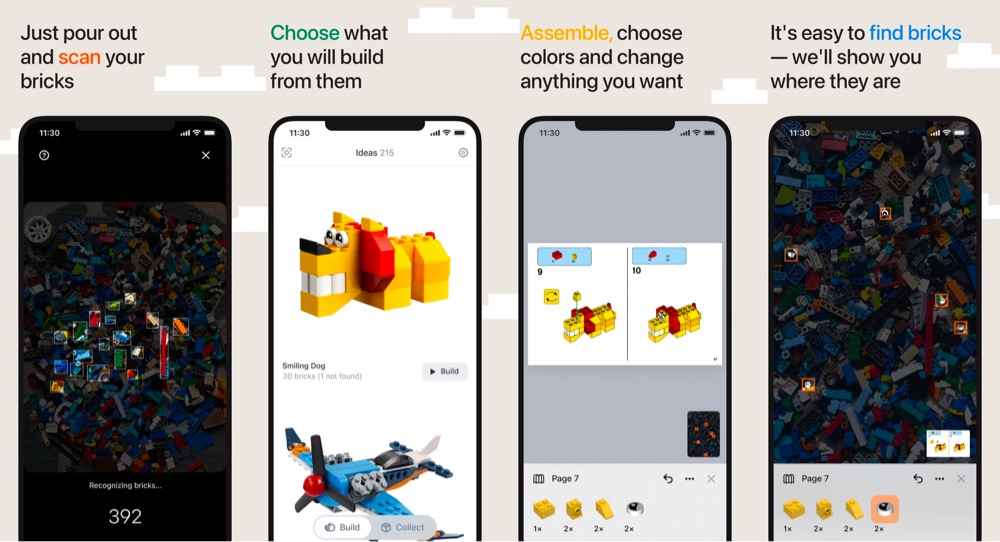“We’ll always be anchored in the physical — just to be clear — but digital needs to come in and augment that physical build process,” Bhardwaj clarifies. “Our business has scaled a lot in the last two years; we need to make sure that our platforms and our systems also scale.” The Lego Group’s earnings for 2021 saw revenue grow 27% year-on-year (to $8 billion), while consumer sales grew 22%. CEO Niels B. Christiansen said in September that Lego’s strong financial performance would allow the company to accelerate investments in digitalisation. “The Lego Group is making a significant strategic investment in digital transformation; it’s a multi-billion DKK (Danish krone) investment,” confirms Bhardwaj. “We’re trebling the size of our digital teams and accelerating our presence and our capabilities here [in Copenhagen], but it’s all part of a much broader digital agenda.” Having led digital transformation for MediaMarkt and Tesco before being hired by the Lego Group 18 months ago, Atul Bhardwaj knows a thing or two about turning what he calls turning a “traditional IT team” into a “digital technology team”. When asked whether he thinks the pandemic was the real driver of Lego’s growth over the past couple of years, he’s adamant its success is driven by great narratives created around great products. “There’s a lot of excitement around our build experiences,” Bhardwaj insists, which begs the question: how is the magic of Lego’s IRL user experience being effectively augmented by digital products, largely built for adults? Lego’s video gamified take on the Star Wars franchise. “When you build digital products, you think first about who you’re building these products for,” says Bhardwaj, “We’re asking ourselves: ‘What are the digital needs of each of our key user groups?’ We want to be product-led, engineering-led, and architecture-led in everything we do; so, we’re introducing the concept of digital products to the Lego ecosystem. “And we’re doing this for all of our user groups,” explains Bhardwaj, going on to outline the four key user segments his digital transformation efforts are focused on: “consumers, shoppers, partners, and colleagues”. Because Lego’s consumer group comprises both kids and adults, they’re building separate “engagement platforms” for each audience. One of the objectives of these platforms is to gamify and support “co-building” between family and friends. Naturally, these new formats present various challenges Lego’s digital teams are tasked with solving: “How do we make sure kids can engage with us digitally, in a safe way? And how do we build great communities for adults – some of whom are very experienced, and some of whom are new to building?” When asked for a couple examples of digital transformation projects being prioritized at Lego’s new “digital hub” in Copenhagen, Bhardwaj says, “The difficult thing is for me to pick just one or two.” With the consumer-centered mobile app that took Legos building manuals online already on 9.7 million downloads, Bhardwaj is now focused on creating a “seamless” online-offline experience for shoppers: “How do we bring together the experience you have on lego.com with the experience you have in our stores? What does that look like?” From a partner perspective, Bhardwaj is tasked with digitizing and automating Lego’s B2B interactions at scale, which means significantly upgrading the experience for resellers by revamping orders and tracking via “Partner Portal” webshops. Likewise, for the colleagues user segment (referring to the people working in Lego’s offices and factories around the world), Bhardwaj says the focus is on automating “as much as possible”. “We’re moving to the cloud. We’re building modern APIs so that our systems can talk to each other in a more modern way; and we’re also replacing all of our networking in all of our sites across the world – quite literally laying out new cables to renew all of our infrastructure,” Bhardwaj says. “A lot of interesting problems to solve. It’s a challenging and exciting time to kick-off a career in digital transformation at Lego.” Featured image: The gaming room at Denmark HQ. Credit: Matt Bates.

